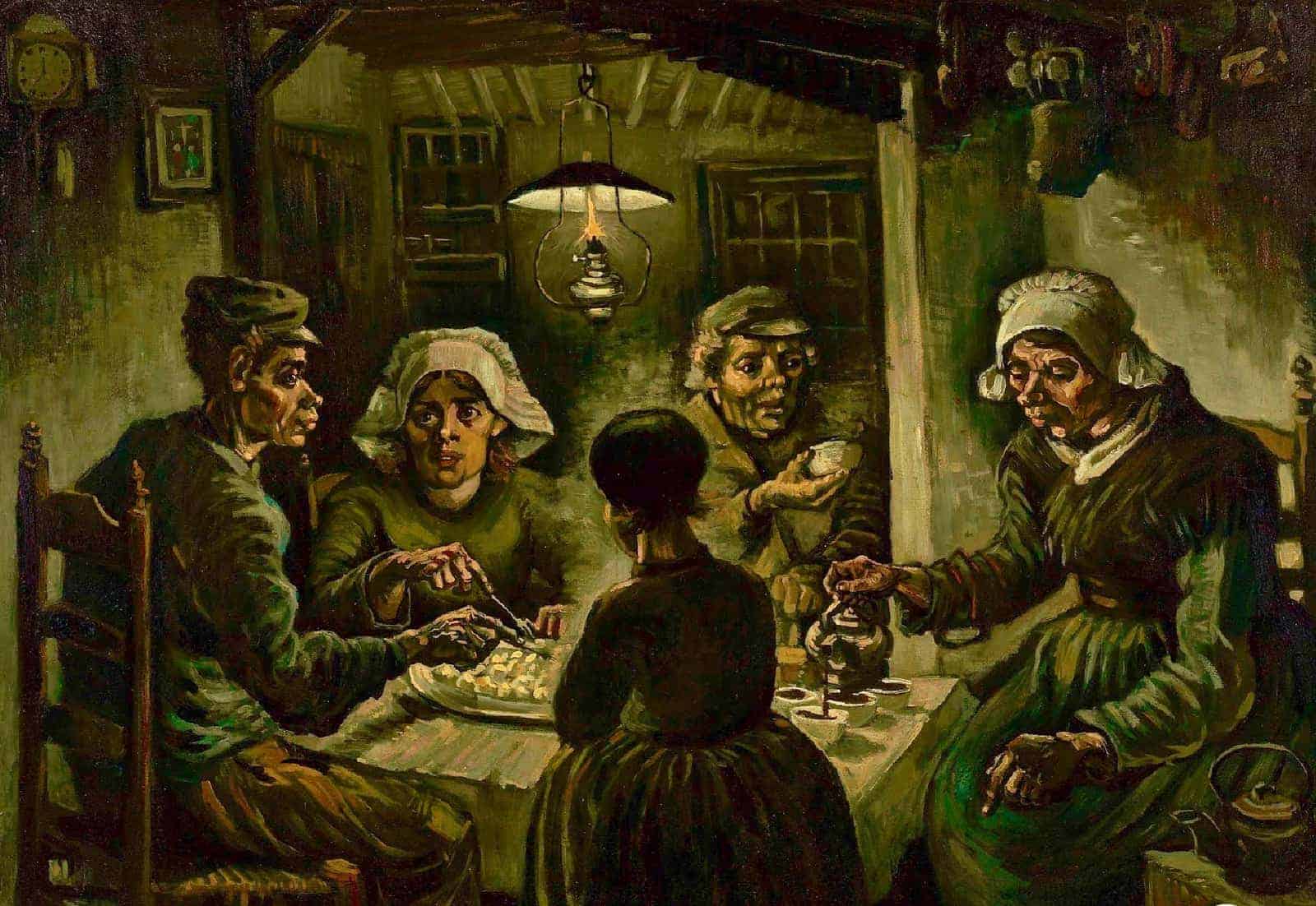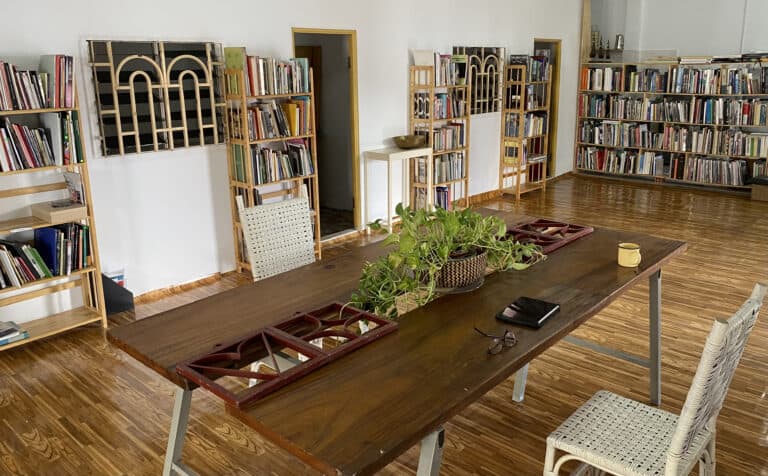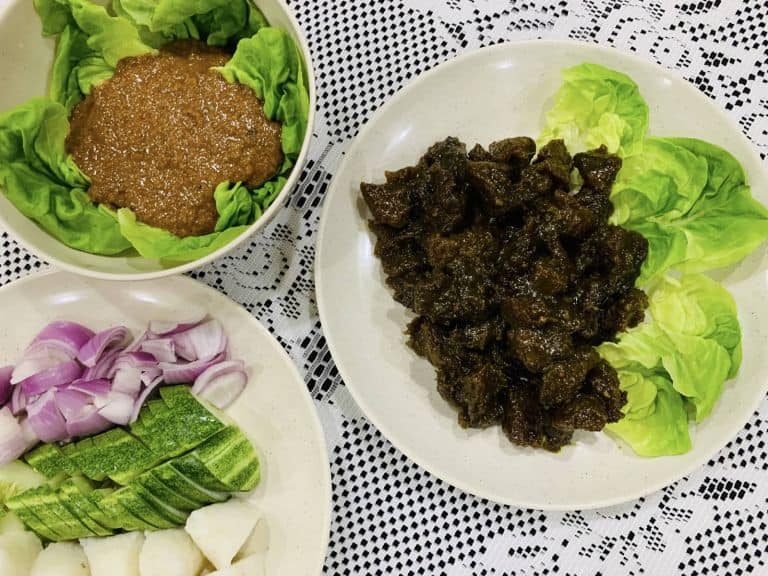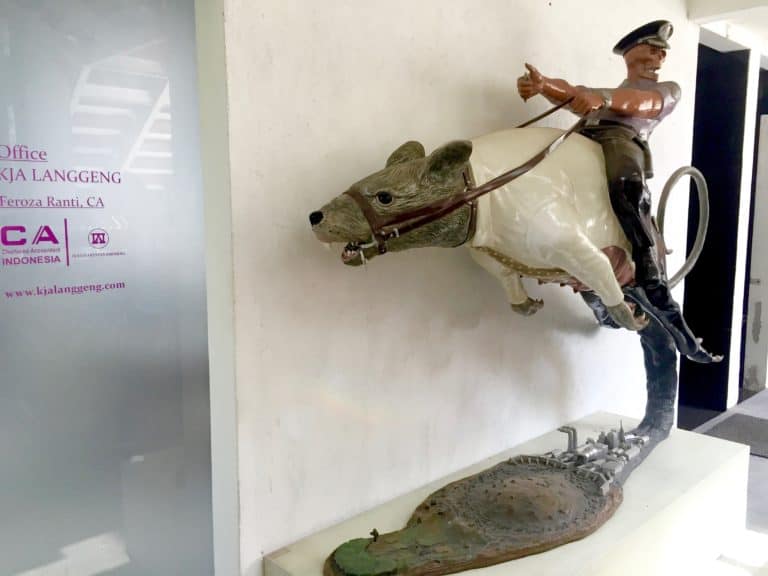Vincent Van Gogh’s The Potato Eaters was the artwork that immediately came to mind after I attended a media preview of The Substation’s SAD: The Last Meal, an interactive food-meets-art experience that is a collaboration between Chef Ming Tan of JAM at Siri House and Singapore contemporary artist Debbie Ding. Yes, I know – Van Gogh’s subjects were 19th century Dutch peasants gathered around a humble meal of potatoes and coffee while we, in 21st century Singapore, were being treated to a four-course tasting menu of hawker favourites, as they might look, feel and taste in a (hopefully, distant) dystopian future. Maybe it was just the dimly-lit shadowy basement setting that was The Substation’s SAD Bar that echoed the gloom of Van Gogh’s famous work. More likely it was the tension, anxiety and mild dread that the aptly named SAD: The Last Meal evoked in me.
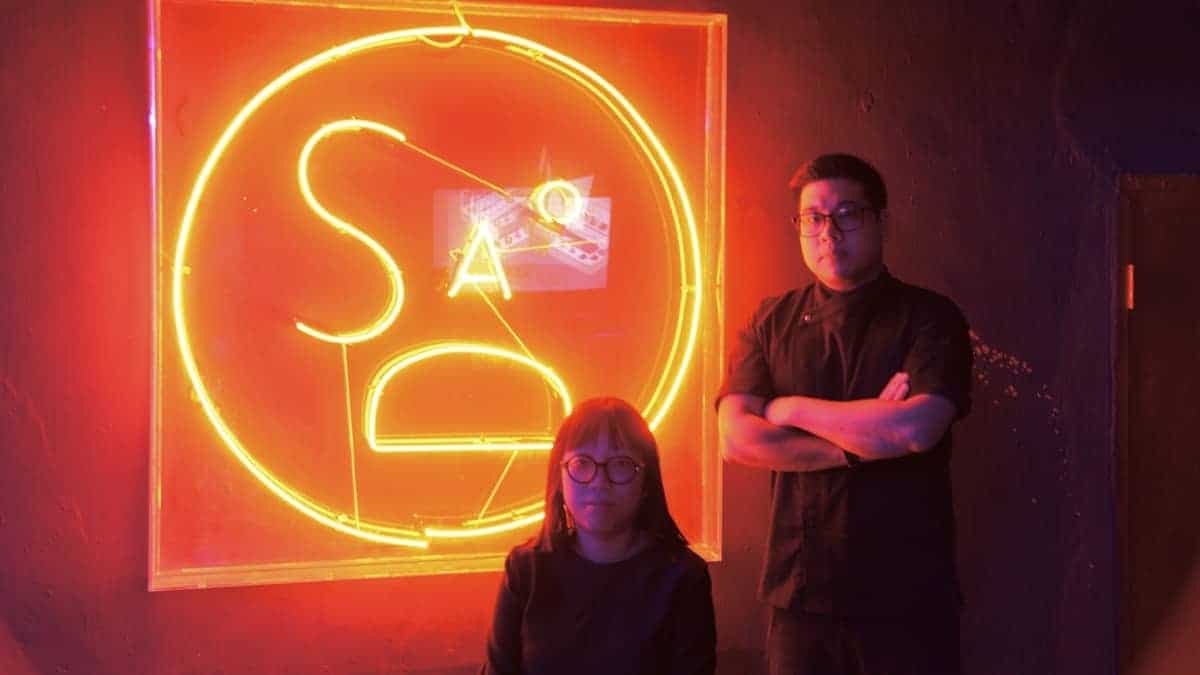
The experience is part of The Vanishing or Time Goes Away (the last instalment of The Substation’s 2018/19 programme Cities change. People die. Everything you know goes away), which takes a clear-eyed look at Singaporeans’ apparent predilection for indulging in and romanticising nostalgia. Alongside installations like an interactive playground with features that include an iconic dragon slide, the Big Splash, a kampung house and local kueh, The Last Meal addresses the collective anxiety surrounding the impending death of Singapore hawker culture and the corresponding fetishisation of local food iconography.
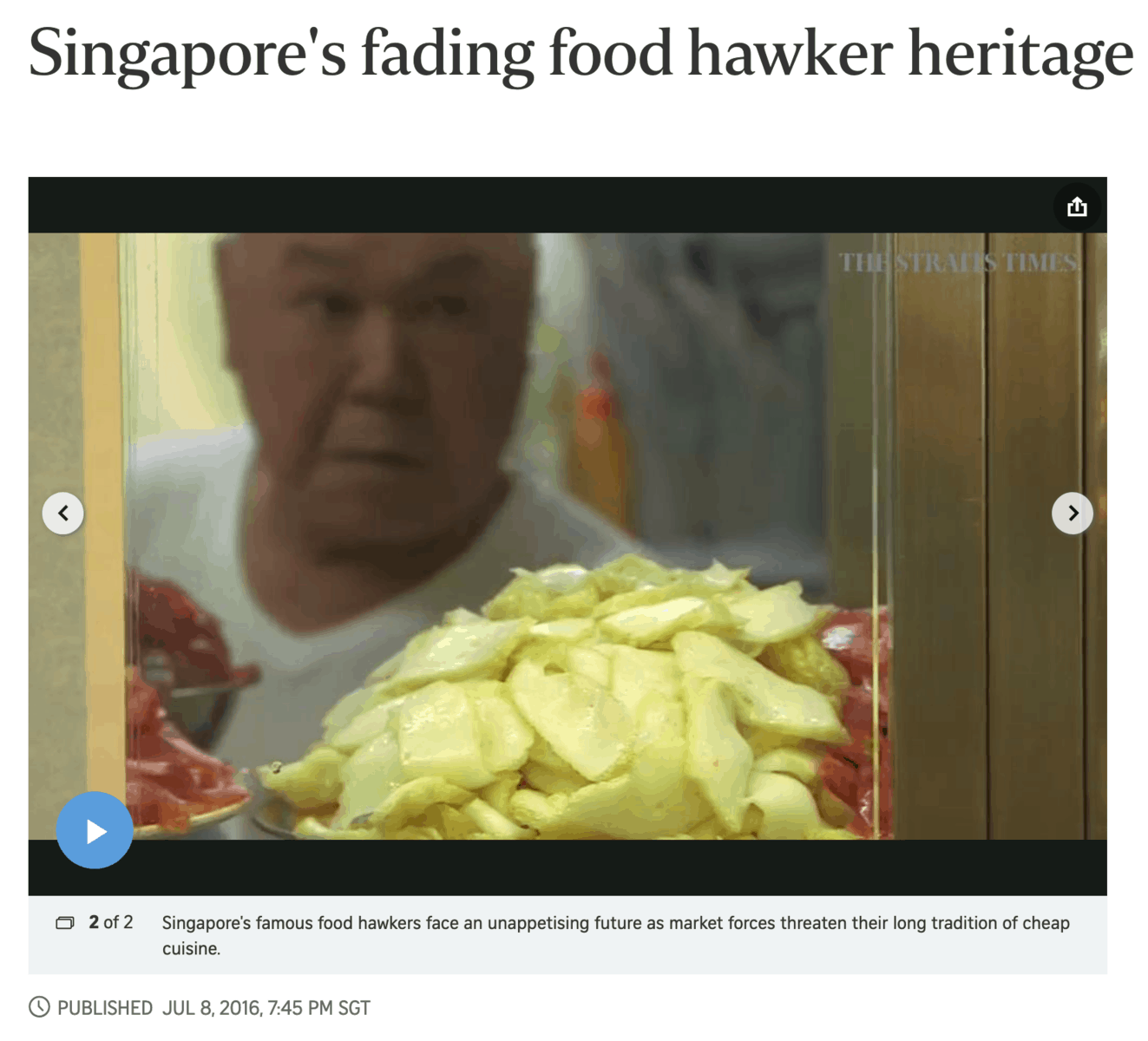
Artist Debbie Ding had previously collaborated on a project, also called The Last Meal, as part of the Healthcare Futures Workshop organised by Kyoto Design Lab. In this project, she and her collaborators envisioned a future where home care systems with monitoring devices could collect data on a subject’s vital signs to estimate the date and time of his/her death. The home care system would also monitor the subject’s lifetime food consumption patterns so that, prior to the anticipated time of death, an appropriate last meal, suited to the subject’s dietary preferences, could be prepared. By a robot. Which would take into account possible impairments such as weakened mastication and swallowing abilities and create something similar in taste and appearance to the original food, but appropriately softened or liquefied according to the subject’s needs.
Chef Ming Tan brings to the mix not just his culinary skills, but also his considerable experience in the food industry and his understanding of the potential issues and concerns that hawkers may face in the not-so-distant future – issues like the shortage of manpower, the need for greater efficiency and productivity and customers’ increasing demands for food safety, hygiene, traceability and nutritional content.
You begin to see where we’re going with this? Tension. Anxiety. Dread.

At SAD: The Last Meal, prepare to encounter dystopian versions of hawker favourites in an imagined future Singapore. Here, chicken rice is a steamed mushroom-based vegan cube with dark soya sauce and super-hot chilli powder on the side, carrot cake is liquefied and served in a sealed plastic packet inspired by military MREs (Meal, Ready-to-Eat), laksa is a crispy cereal that you rehydrate with hot water and tau huay is transformed from a delicious, albeit zero-nutritional-value dessert into a nutrient-dense, but odd-tasting custard.
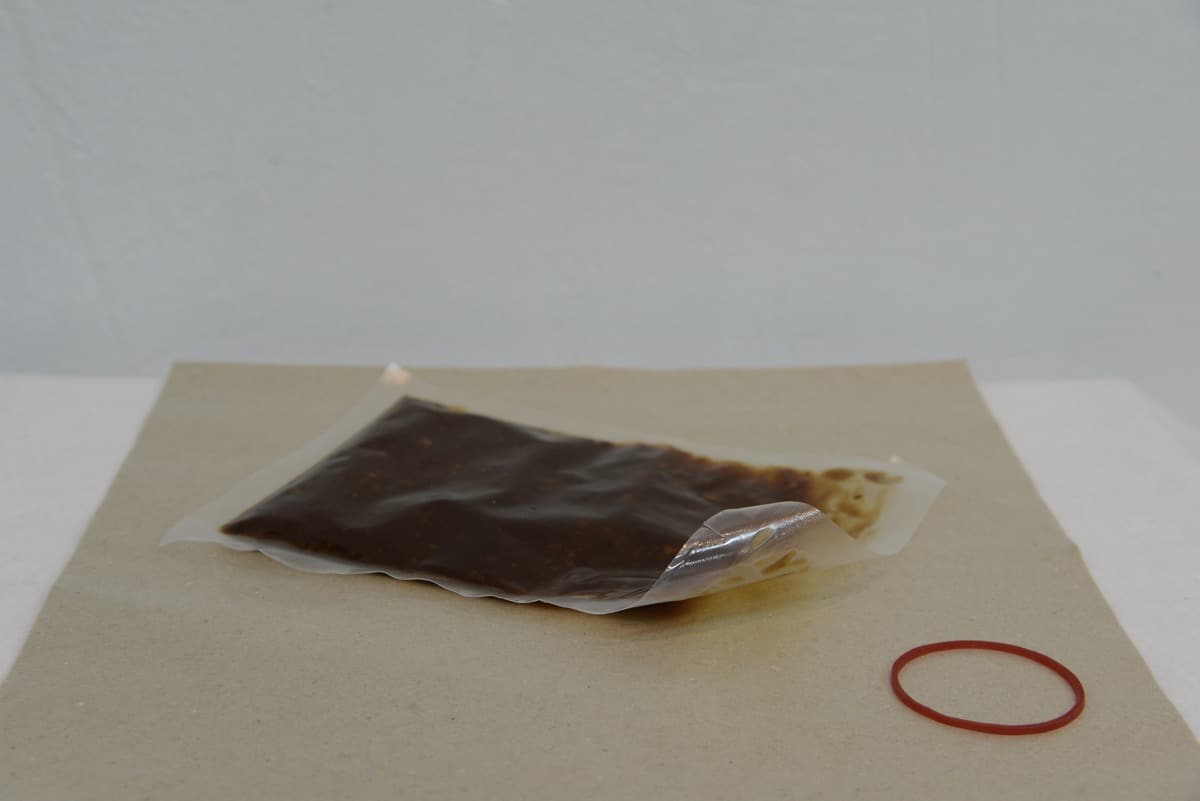
As guests sample each of the four dishes, videos produced by Ding will be played on surrounding screens. The videos feature chef Tan actually preparing the familiar versions of the dishes, tantalising (or taunting?) them with the sound of sizzling woks and chopping knives and the sight of juicy, succulent slices of chicken and gleaming kernels of rice slick with fat.
As we have been reminded by Singapore’s push to have our hawker culture included on UNESCO’s Representative List of Intangible Cultural Heritage, foods are cultural objects. They evoke memories, shape identities and are deeply invested with meaning and significance beyond their mere nutritive value. With SAD: The Last Meal, Debbie Ding and Ming Tan test the boundaries and take us to the very edge. By retaining some familiar elements of taste and smell while taking liberties with the appearance, texture and mouth-feel of some of our beloved hawker favourites, they invite us to consider the point at which the line is crossed, that point at which a food loses its essential character and ceases to be a privileged object of recollection.
Editor’s Note: SAD: The Last Meal will run for two nights only, on 29 and 30 March 2019 at The Substation’s SAD Bar. The event is selling out fast! Read more about food and art in From Palate to Palette: A Story of Art and Food.
Feature image: Vincent Van Gogh, The Potato Eaters, 1885. Image credit: Van Gogh Museum, Amsterdam (Vincent Van Gogh Foundation)
